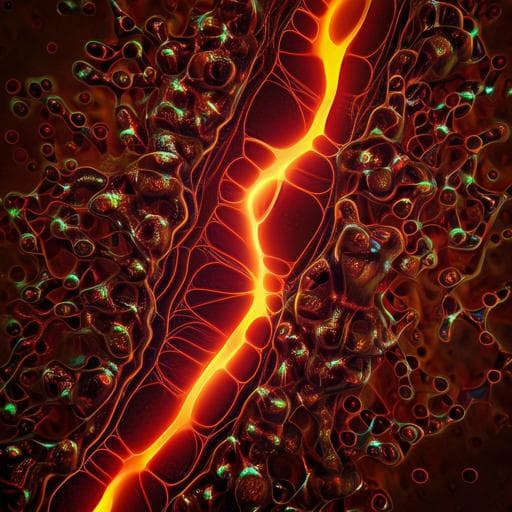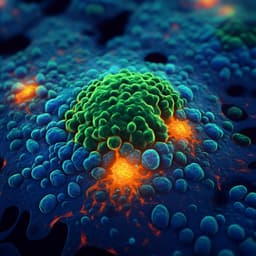
Biology
Biasing the conformation of ELMO2 reveals that myoblast fusion can be exploited to improve muscle regeneration
V. Tran, S. Nahlé, et al.
This groundbreaking research by Viviane Tran and colleagues reveals new insights into myoblast fusion, a critical process for muscle development and regeneration. By exploring the role of ELMO scaffold proteins and their influence on myoblast fusion, the study showcases potential regenerative strategies to address muscle diseases, including reversal of dystrophic features in a mouse model.
~3 min • Beginner • English
Related Publications
Explore these studies to deepen your understanding of the subject.







